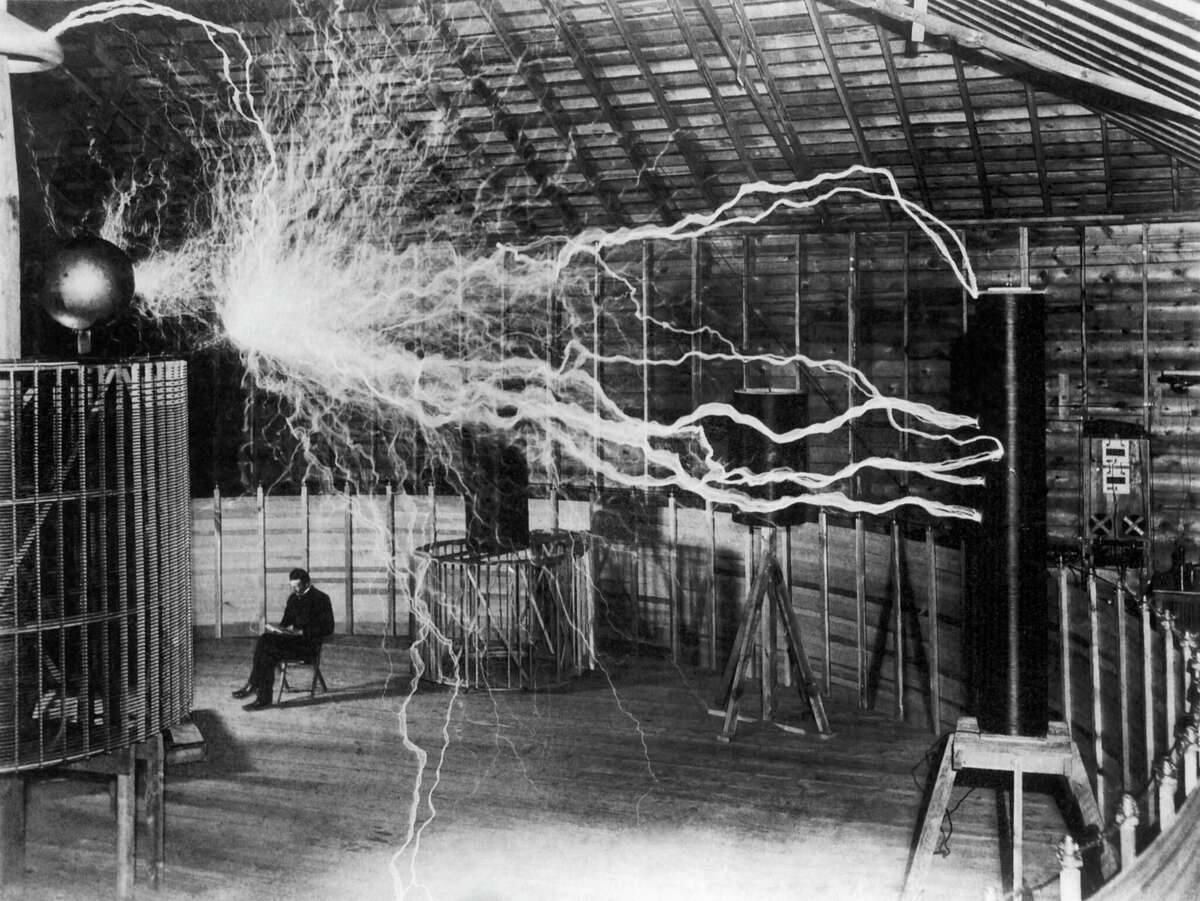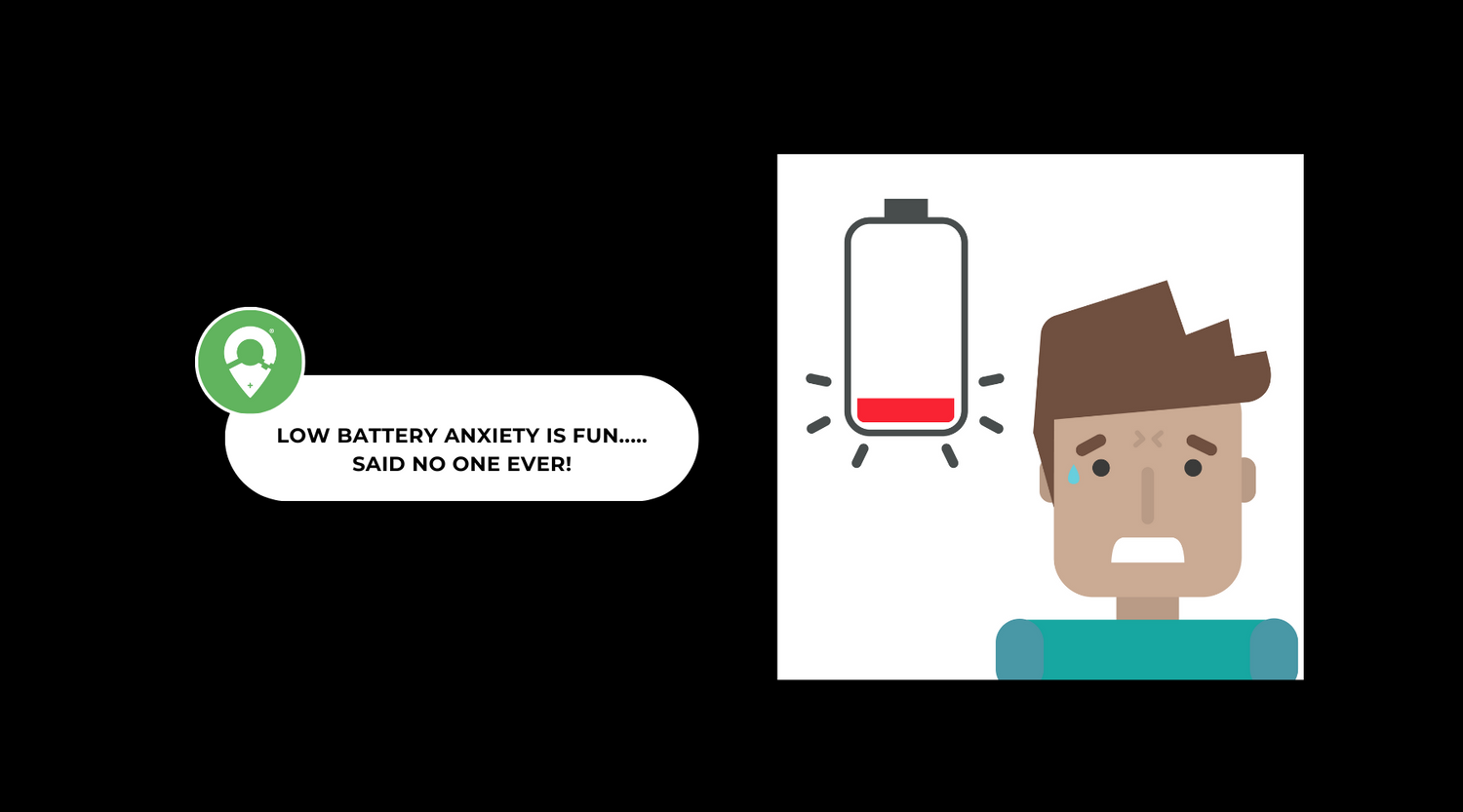We were fascinated researching all the technological advancements our Queen has embraced during her 70-year reign that we decided to delve a little further back into history, to see what our other great lady monarch embraced.
During the Victorian Era, Queen Victoria saw a huge amount of technological and industrial change; including the invention of photographs, glider planes, X-rays and typewriters, which have paved the way for the technology we use today.
1826 First photograph was taken
By a man named Joseph Nicéphore Niépce, a French scientist that took the famous photo ‘View from the Window at Le Gras’. With her husband Prince Albert, Queen Victoria amassed one of the most significant collections of early photography.
1839 The invention of the first pedal bicycle
In 1839 a blacksmith, Kirkpatrick Macmillan, fitted pedal operated cranks to a hobby horse to create the first bicycle
1839 The first paddle steamship
SS Archimedes was a steamship built in Britain in 1839. She was the world's first steamship to be driven successfully by a screw propeller which was then used by the Royal Navy.
1840 First postage stamps introduced
The first ever postage stamp was called The Penny Black and featured a picture of Queen Victoria's face on a black background, making her the first ever monarch to have their face on a postage stamp!
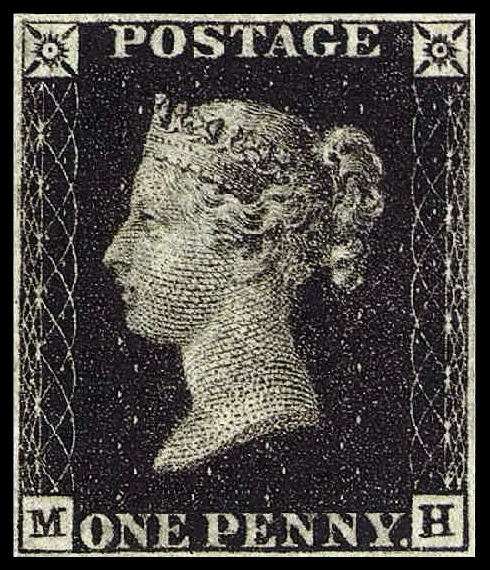
1843 First Christmas card
Henry Cole, Founder of the Victoria and Albert Museum, was the first person to come up with the idea of a commercialised Christmas card, after realising there must be an easier way for people to quickly and cheaply send a Christmas message without having to hand write every card. Thus - The Christmas Card was born!
/https://tf-cmsv2-smithsonianmag-media.s3.amazonaws.com/filer/a6/60/a660065e-a460-48f3-b1ad-21b19fb7d1bb/firstchristmascard.jpg)
1844 The invention of the Morse Code message
Samuel F. B. Morse sent the first ever message from Washington, D.C. to Baltimore. The message was a bible passage sent over an experimental line.
1846 Sewing Machine invented
A man named Elias Howe patented the first ever sewing machine which revolutionised the way clothes were mass produced across the world.
1849 The first glider flew by a pilot
Sir George Cayley, a successful pioneer in aviation and engineering, designed the first ever glider that was able to successfully carry a human being inside.
1850 Petrol
The debate about who created petrol goes back to China thousands of years ago. But to understand petrol as we know it today, we go back to the 1850’s where a Scottish chemist, James Young, made a chemical discovery that laid the foundations for the fuel we use today.
1852 Opening of a first public flushing toilet in London
George Jennings an English sanitary engineer and plumber invented the first ever flushing toilet and the first ever public restroom was opened at 95 Fleet Street in 1852.
1860 Horse-drawn tram
The first ever horse drawn tram was founded in Wales in 1860, carrying paying passengers from one destination to the other. It took over three decades for this to gain traction across the UK and was retired in 1915.
1863 The world’s first underground steam-powered railway becomes operational in London
This was the foundation of the underground network we know today; journeying between Paddington and Farringdon, gas-lit carriages were pulled underground by steam locomotives, carrying 38,000 people on its first day in service.
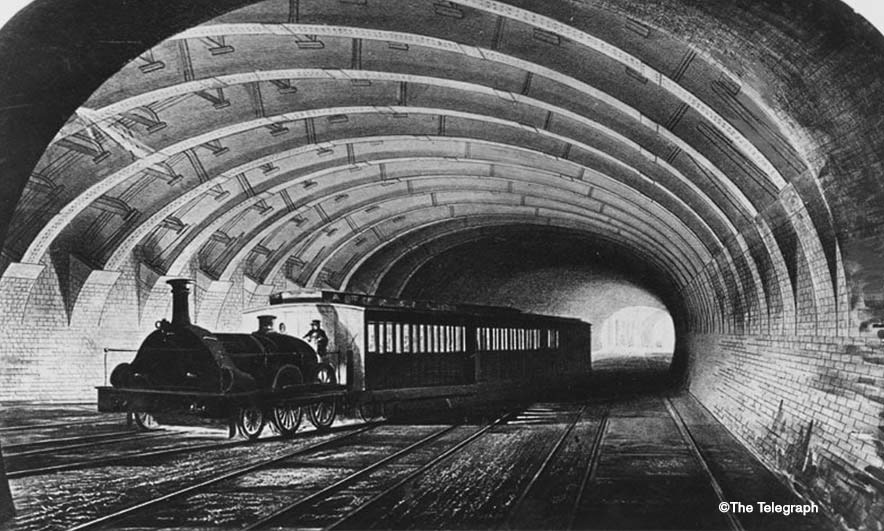
1872 The invention of the penny-farthing!
James Staring, a British Engineer, pioneered the first ever Penny Farthing bicycle (a bicycle with a huge front wheel and no breaks!) although earlier versions had existed as far back as Henry III’s era!
1873 Typewriter invention
Christopher Latham Sholes was the inventor of the first ever typewriter that went into public production back in the late 1800’s.
1876 The invention of the telephone on 7 March 1876
Alexander Graham Bell was a Scottish inventor who pioneered the invention of the telephone in the late 1870s. However, earlier more rudimental versions had existed from the 1850’s where Queen Elizabeth was able to make one of the first calls across the Atlantic to former president James Buchanan.

1877 Voice recording
Shortly after the telephone was invented, French inventor Edouard-Léon Scott de Martinville invented the phonautograph, a machine capable of taking audio sounds down into a permanent form - becoming the first variation of voice recordings.
1878 Electric street lighting starts in London
The first ever electric streetlight was brought to London in the late 1870s, by the early 1880s there were over 400 electric streetlamps. It was so expensive that it did not become a common feature in London homes until after World War 1, but it did not stop Queen Victoria adopting the new phenomenon in all her homes.
1883 Electric railway started
on 4 August 1883 Magnus Volks' electric railway was officially opened on Brighton seafront by Mayor Cox.
1885 The invention of the first petrol motorcar
Regarded as the first ever motorcar, the ‘Benz Patent-Motorwagen’ was created by German engineer, Carl Benz.
1887 The invention of the gramophone
German inventor, Emile Berliner, is credited with creating the first ever disk and machine that allowed you to successfully play music - known today as the gramophone!
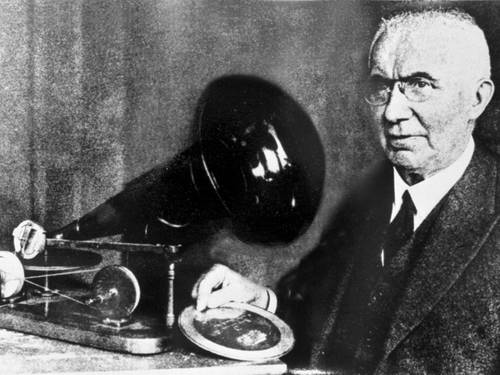
1888 Kodak box camera
Picture company Kodak creates the first ever ‘box camera’ that allowed consumers to take their own photos.
1894 Moving pictures invented
An inventor by the name of Dickson released the ‘Kinetograph’, an early years motion picture camera that showed a moving image of a man riding a horse.

1890 The first electric public rail / underground train in London
Building on the early years locomotive underground from the early 1880’s, 1890 saw London's first ever electric rail train!
1895 X-rays which revolutionized modern medicine
Wilhelm Roentgen, a Bavarian inventor, is credited with producing the first x-ray which was revolutionary in the medical space.
1895 Wireless radio
Italian inventor Guglielmo Marconi was first credited with creating the idea of radio, developing on from the early foundations built with Morse code. King George V became the first monarch to make a public radio address in the 1930s.


